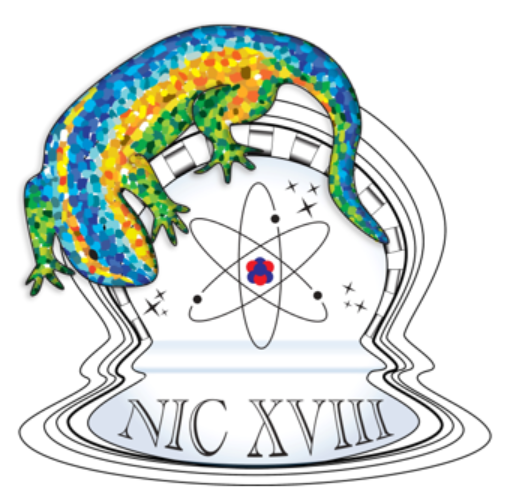https://doi.org/10.1007/s100530050561
Rydberg states in the condensed phase studied by fluorescence depletion spectroscopy
Institut de Physique de la Matière Condensée, Faculté des Sciences,
Université de Lausanne, 1015 Lausanne-Dorigny, Switzerland
Received:
28
July
1999
Revised:
8
November
1999
Published online: 15 June 2000
Higher Rydberg states of
NO trapped in rare gas matrices have been studied by inducing
Rydberg-Rydberg transitions from the lowest 
 Rydberg state and detecting its fluorescence depletion.
This technique unravels Rydberg states, which cannot be accessed by
ground state absorption. However, no clear cut Rydberg series show
up. The data show a compression of the n-(n + 1) splittings
between Rydberg states, as well as of the
Rydberg state and detecting its fluorescence depletion.
This technique unravels Rydberg states, which cannot be accessed by
ground state absorption. However, no clear cut Rydberg series show
up. The data show a compression of the n-(n + 1) splittings
between Rydberg states, as well as of the  splittings.
The results are rationalised in terms of the quantum defect model
and the lack of extended Rydberg series is due to the compression
of high-n Rydberg states in a tiny energy region below the ionisation
potential. Finally, fluorescence depletion data of NO trapped in
amorphous sites (the so-called red sites) of solid Ar can be
interpreted in terms of the gas phase NO-Ar van der Waals data.
A general discussion on the fate of Rydberg states in van der
Waals complexes, in liquids, and in solids is presented in an
attempt to relate the data in these different media.
splittings.
The results are rationalised in terms of the quantum defect model
and the lack of extended Rydberg series is due to the compression
of high-n Rydberg states in a tiny energy region below the ionisation
potential. Finally, fluorescence depletion data of NO trapped in
amorphous sites (the so-called red sites) of solid Ar can be
interpreted in terms of the gas phase NO-Ar van der Waals data.
A general discussion on the fate of Rydberg states in van der
Waals complexes, in liquids, and in solids is presented in an
attempt to relate the data in these different media.
PACS: 31.50.+w – Excited states / 31.70.Dk – Environmental and solvent effects / 71.35.Aa – Frenkel excitons and self-trapped excitons
© EDP Sciences, Società Italiana di Fisica, Springer-Verlag, 2000







